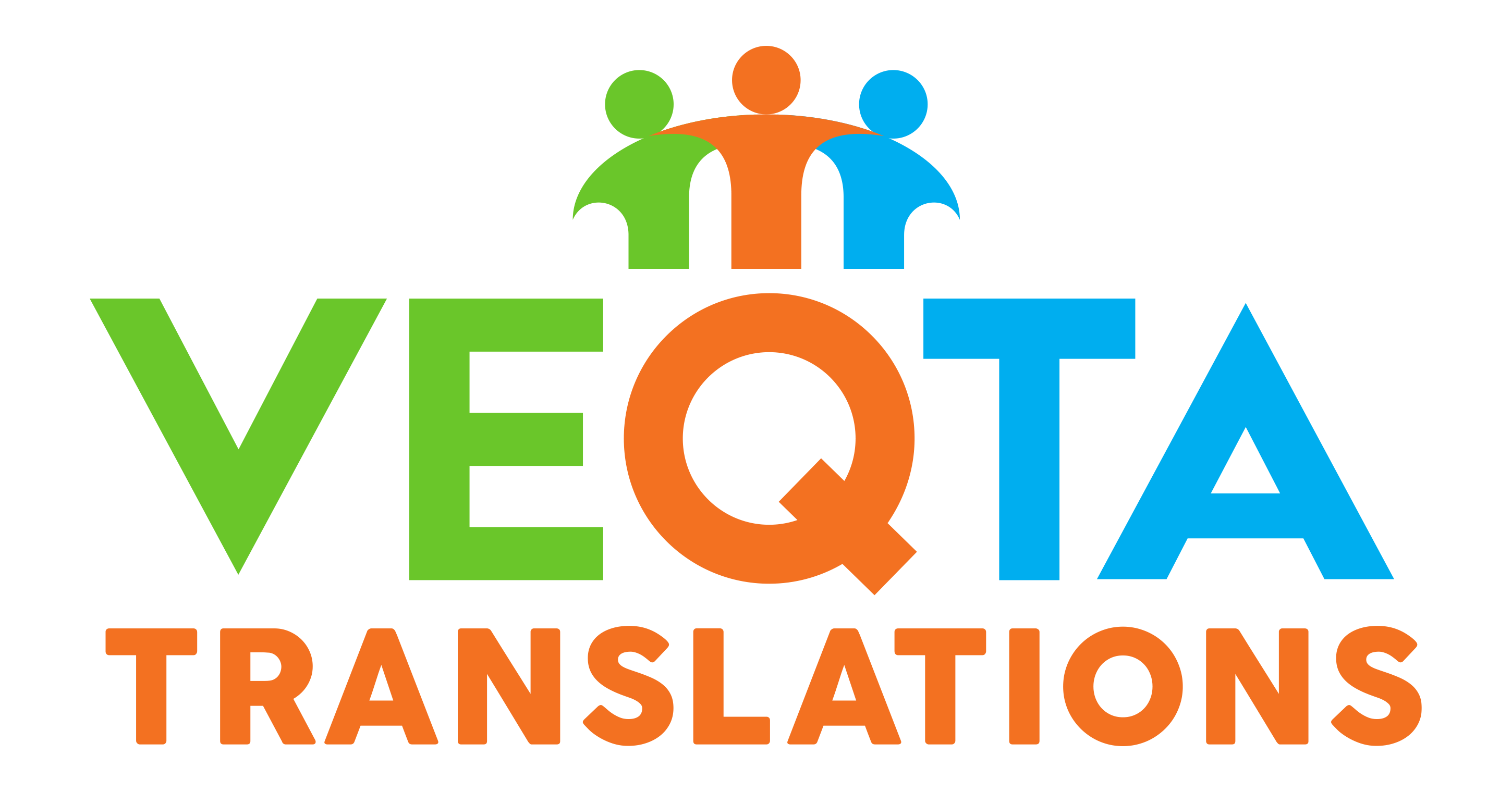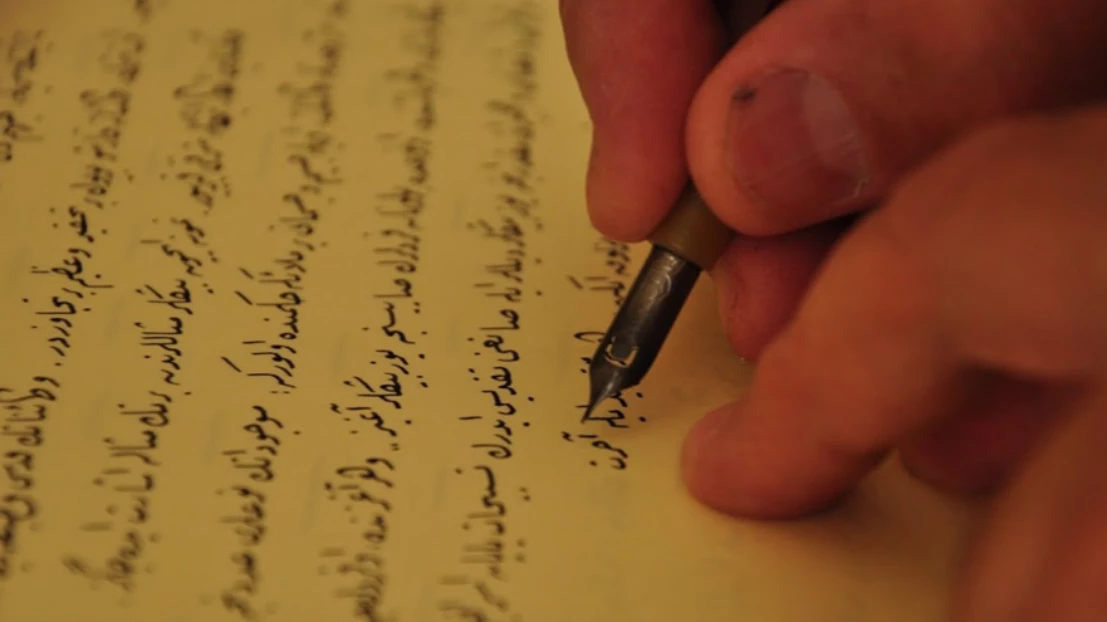How Professional Malay Translation Safeguards Accuracy, Culture, and Compliance
Malay translation services continues to grow. Malay is spoken by millions of people across Malaysia,
Indonesia (Bahasa Indonesia), Brunei, and parts of Singapore. Miscommunication in this linguistic landscape can cost
businesses millions due to cultural blunders, legal complications, and damaged reputations.
Understanding Malay Language Variants
The Malay language has several regional variants:
- Bahasa Malaysia – Used in Malaysia.
- Bahasa Indonesia – Official language of Indonesia, though similar to Malay.
- Brunei Malay – Dialect used in Brunei, with unique idioms and expressions.
- Singapore Malay – Variant influenced by local multicultural nuances.
Each variant has its own formal and informal registers, vocabulary, and tone. Using the wrong one in professional contexts can alienate audiences or convey unintended meanings.
Common Mistakes in Malay Translations
- Literal translations – Word-for-word output may be grammatically correct but contextually or culturally wrong.
- Ignoring cultural sensitivity – Idioms or humor may not translate well and can carry negative connotations.
- Mistranslating legal or technical terms – Errors in contracts, manuals, or compliance text can trigger penalties or hazards.
- Inconsistent terminology – Using multiple terms for the same concept hurts clarity and brand consistency.
Key Features of a Reliable Malay Translation Partner
- ✅ Native Malay linguists – Native speakers with regional and industry expertise.
- ✅ Quality assurance processes – Rigorous proofreading, editing, and QA workflows.
- ✅ Cultural competency – Deep understanding of local context and localization practices.
- ✅ Industry-specific expertise – Legal, medical, marketing, or technical specialization.
Top Industries That Rely on Malay Translation Services
- E-commerce: Product descriptions, user manuals, and customer service scripts
- Legal: Contracts, compliance documents, and immigration paperwork
- Healthcare: Patient forms, medical records, pharmaceutical guides
- Education: Curriculums, research papers, instructional materials
- Finance: Reports, audits, investment documents, marketing material
How to Choose the Right Malay Language Partner
| Criteria | What to Look For |
|---|---|
| Experience | At least 5 years in the industry, with verifiable clients |
| Certifications | ISO 17100 or ATA-certified translators |
| Technology | Use of CAT tools like SDL Trados, MemoQ |
| References | Case studies or testimonials from similar industries |
| Scalability | Ability to handle high-volume projects with tight deadlines |
Benefits of a Good Malay Translation Service
- Enhanced brand credibility
- Faster market penetration
- Legal compliance
- Higher ROI on localization investments
- Improved customer trust and satisfaction
Red Flags to Watch Out For
- Freelancers with no verifiable experience or credentials
- No revision or proofreading stage
- Over-reliance on machine translation
- Extremely low pricing (often indicative of poor quality)
- No NDAs or data security protocols
The Role of Localization in Malay Translation
Localization goes beyond word-for-word translation—it adapts your content to reflect local customs, units of measurement, date formats, and societal norms.
- Currency: USD vs MYR
- Date format: MM/DD/YYYY (U.S.) vs DD/MM/YYYY (Malaysia)
- Cultural nuances: Formal vs informal speech, religious sensitivities
Tools and Technology Used in Professional Translation
- Translation memory (TM)
- Termbase management
- Glossary development
- Quality assurance (QA) checks
- AI-powered pre-translation with human post-editing
Conclusion: Invest Wisely in Your Language Partner
Choosing the right Malay translation services is a business decision that directly impacts your success in Southeast Asia. Don’t risk your brand’s reputation or legal standing on cheap or automated solutions. Partner with a certified, experienced, and culturally-aware agency to ensure your message resonates authentically and effectively.
Ready to expand your reach in Malaysia and beyond?
Invest in professional Malay translation services
and safeguard your brand’s integrity across borders.
FAQ
What’s the difference between Malay and Bahasa Indonesia?
Both stem from the same linguistic roots but differ in vocabulary, spelling, and pronunciation. Always use native experts for each region.
How long does it take to translate a document into Malay?
A professional can translate 2,000–2,500 words per day. Timelines may vary depending on complexity and urgency.
What industries benefit the most from Malay translations?
E-commerce, legal, medical, education, and tourism sectors benefit significantly.


